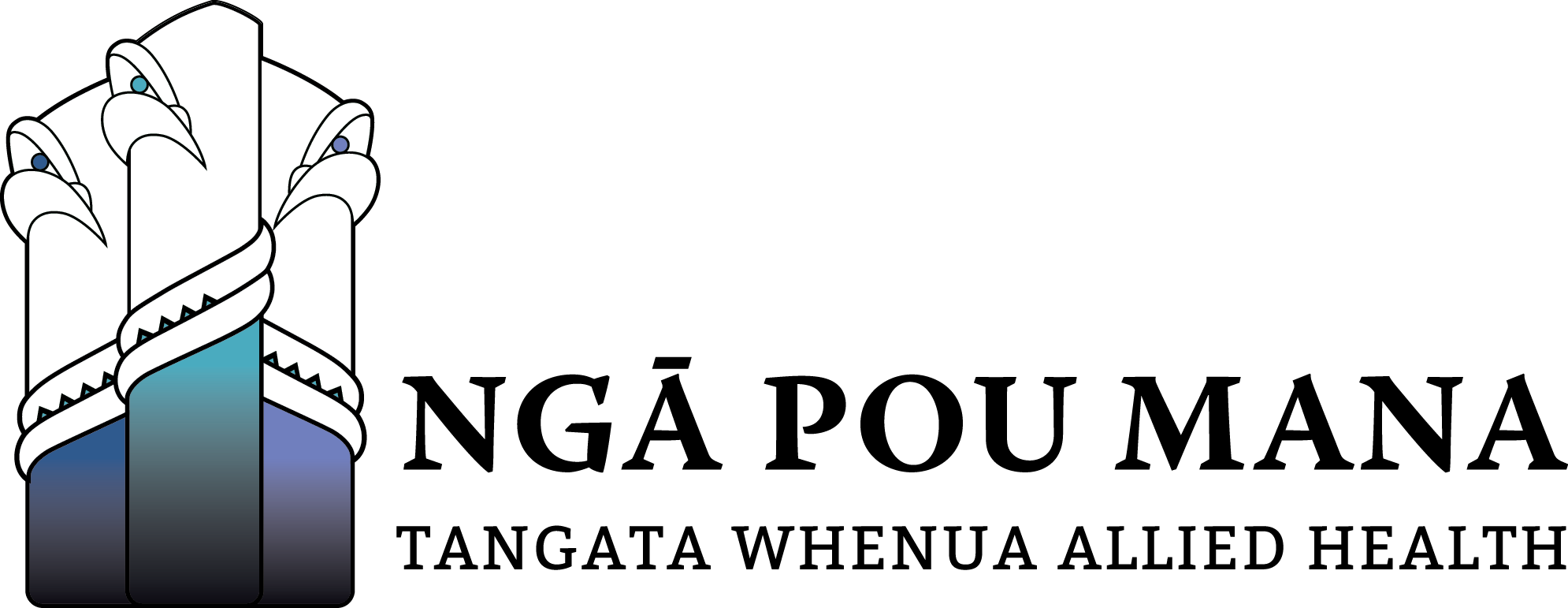Causes of shoulder injuries
Causes of acute, or sudden injuries can be caused by falls, direct trauma, tackling or aggressive contact, and gym equipment like the bench press.
Causes of chronic shoulder issues include repetitive strain or long-term wear and tear. These can come from overuse from sport or overhead work activities which are repetitive.
There are also many factors including genetics, hormonal influences, lifestyle factors and other health issues that can contribute to pain that can be associated with the shoulder
Symptoms of shoulder injury:
- Inflammation
- Pain
- Weakness
- Loss of range of movement
- Muscle spasm
- Limited functional ability of normal activities of daily living
Physiotherapy treatment for shoulder injuries
Your physiotherapist is well-equipped to help you treat and rehabilitate your shoulder issues.
With the right support, you can get back to doing what you enjoy.
By consulting with a physiotherapist, not only do you get a diagnosis, but you also get a treatment and rehabilitation plan.
Physiotherapy treatment may include:
- Massage – including soft tissue and trigger point release
- Shoulder joint mobilisation
- Muscle balance techniques
- Tendon cross friction/deep friction massage
- ‘K-taping’ and joint support
- Dry needling
- Stretching and strengthening exercises
Additionally, your physiotherapist can assist your recovery by providing you with educational resources and information.
This is one of the ways your treating professionals can work with you to ensure maximum rehabilitation and long-term recovery for your shoulders.
So you can get back to doing what you love – whether it’s back on the sports field, social exercise or tinkering in the garden.
References:
- National Library of Medicine



